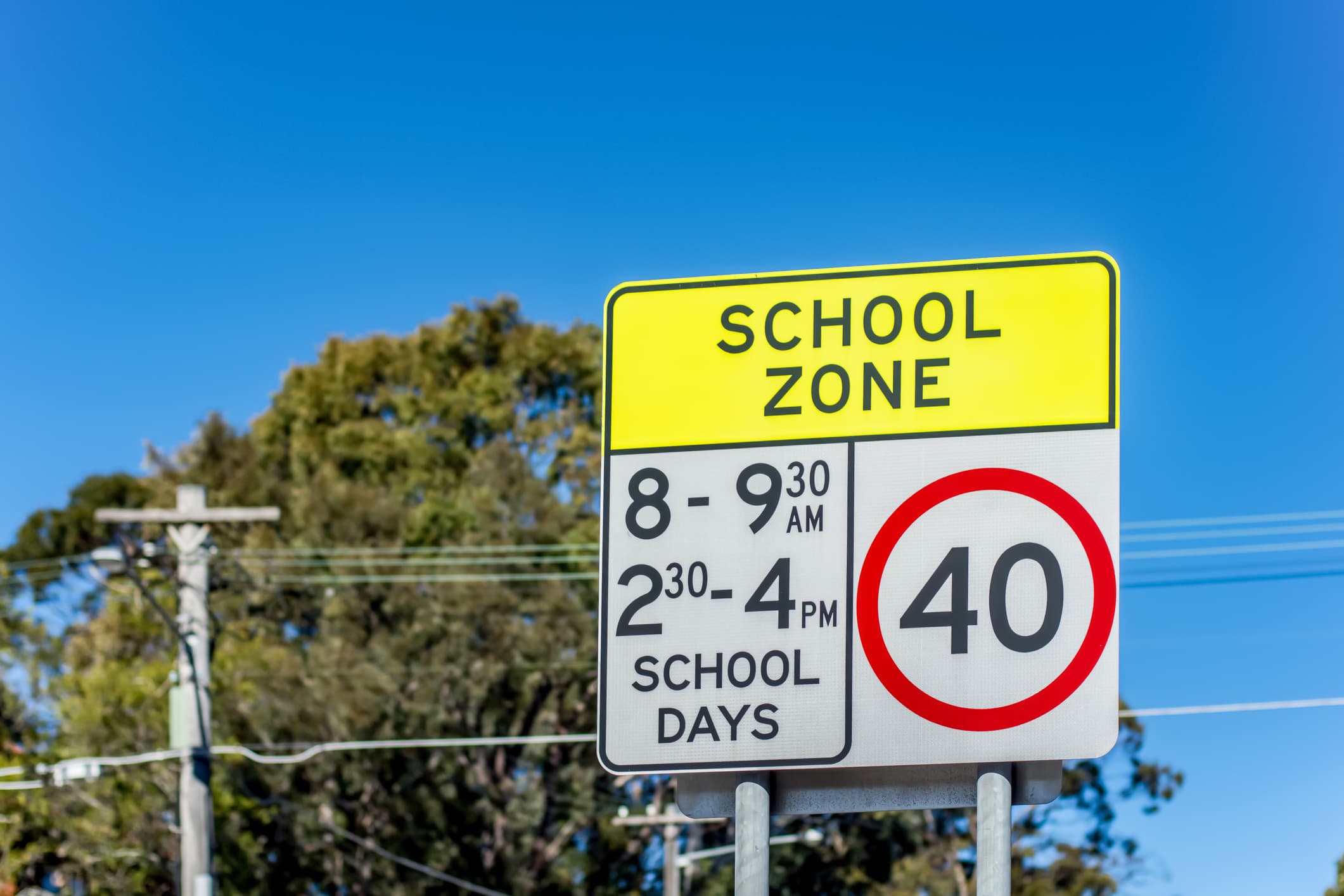The role of speed on car crashes and injuries
Published on Posted onWhen on the road, we rely heavily on other road users to obey the rules, especially sticking to the posted speed limits. There are still many misconceptions about the impact that speed has on car accidents and injuries. Speeding at any level is dangerous and can cause serious injury and death.
In this blog we discuss the real dangers of speeding on Queensland and Victorian roads, including the impact that speed has on injury risk and severity, and car and road accident compensation.
Car crash death and injury statistics
Speeding continues to be the leading cause of death and serious injury on Queensland roads, and a significant contributor to fatal crashes in Victoria (about 20 per cent of total road fatalities).
On average 56 people are killed and 317 are seriously injured because of speed-related crashes each year in Queensland – that’s about eight people every week.
Department of Transport and Main Roads data reveals that in 2020, 69 Queenslanders died in crashes where speed was a factor, which was an increase of 35 per cent on 2019. And as of August 31, 2021, that number was 46.
The faster you go the harder you hit
Many studies have proven that speed has a direct connection to the risk of crashing as well as the severity of injuries.
Typically, the higher the speed, the more serious the accident, the worse the injuries. Australian data on deaths by posted speed limits show most fatalities occur between 70-100km/hr.
- Nearly 13% at 110km/hr
- 33% at 100km/hr
- 23.5% at 70-90km/hr
- 16% at 60kmhr
- 12% at 50km/hr
- 1.63% at 40kmhr
But this doesn’t mean you’ll always walk away unscathed in a minor car accident or low-speed accident. Vulnerable road users like pedestrians, cyclists and motorcyclists, have a 30 per cent chance of being fatally or seriously injured if hit by a vehicle at 30km/hr.
And according to the Transport Accident Commission and Queensland StreetSmarts Initiative, just over 5km/hr above the speed limit (and 10km/hr above in rural areas) can double the risk of a fatality.
Crumple zones absorb much of the force
Luckily, modern cars are designed with crumple zones that act as a cushion and absorb much of the force in high-speed crashes which reduces the impact on the occupants.
In low velocity impacts, however, the crumple zones don’t activate, and majority of the force is borne by the people inside. The part of the body that bears the most of this is the cervical spine (just beneath the head) – making a whiplash injury in particular, a very real possibility even in low-speed accidents.
Most vulnerable to risk of injury in speed-related car accidents
Cyclists, pedestrians and motorcyclists are the most vulnerable to the impacts of a road crash. This is because they have little to no hard protection from crash forces.
But when talking about two vehicles, generally those who would be worse off would be the ones that are in the lighter vehicle. This is because the difference in mass (form, size and weight) determines which vehicle takes on the brunt of the force.
To put it simply, if your sedan was in a crash with a semi-trailer, you’d more likely be the party to suffer more severe injuries than the occupants of the truck.
Making a CTP or TAC claim for injuries in a car accident
No matter the cause of the car accident, in Queensland, if you’re injured at someone else’s fault, you may be entitled to make a car accident compensation claim through Compulsory Third Party (CTP) Insurance – after all, that’s why it’s a mandatory part of your car registration costs.
The same goes for Victorians – except in Victoria, it doesn’t matter who’s fault the accident was, you may be able to make a road accident compensation claim through the TAC. If you can, however, establish it was someone else’s fault (either wholly or partially), you may be able to claim common law damages in addition.
Anyone who was injured can make a CTP or TAC claim: drivers, passengers, pedestrians, cyclists, motorcyclists, truck drivers, and sometimes witnesses.
CTP or TAC claims can pay you out for:
- Loss of income
- Medical costs
- Rehabilitation
- Domestic support services
- Pain and suffering
- Lump sum compensation
In Queensland, it doesn’t matter what type of injury you sustained, whether it be to your arms or legs, a head injury or brain injury, whiplash, or back and spinal injuries, as long as you can prove it stopped you from working for a period of time.
Note: In Victoria, it doesn’t matter if you aren’t working.
Strict time limits also apply with claiming for car or road accident compensation. In Victoria, a TAC claim must be made within one year of the day of the accident (or the date when you first realised you’re injured). This timeframe may be waived if there are reasonable grounds for the delay, up to three years.
In Queensland, you must provide written notice to the CTP insurer within nine months of the accident. The timeframe depends on the circumstances of the accident, such as whether the at fault vehicle was unidentified or unregistered, in which case you only have three months. Read more things you should know about CTP claims here.

